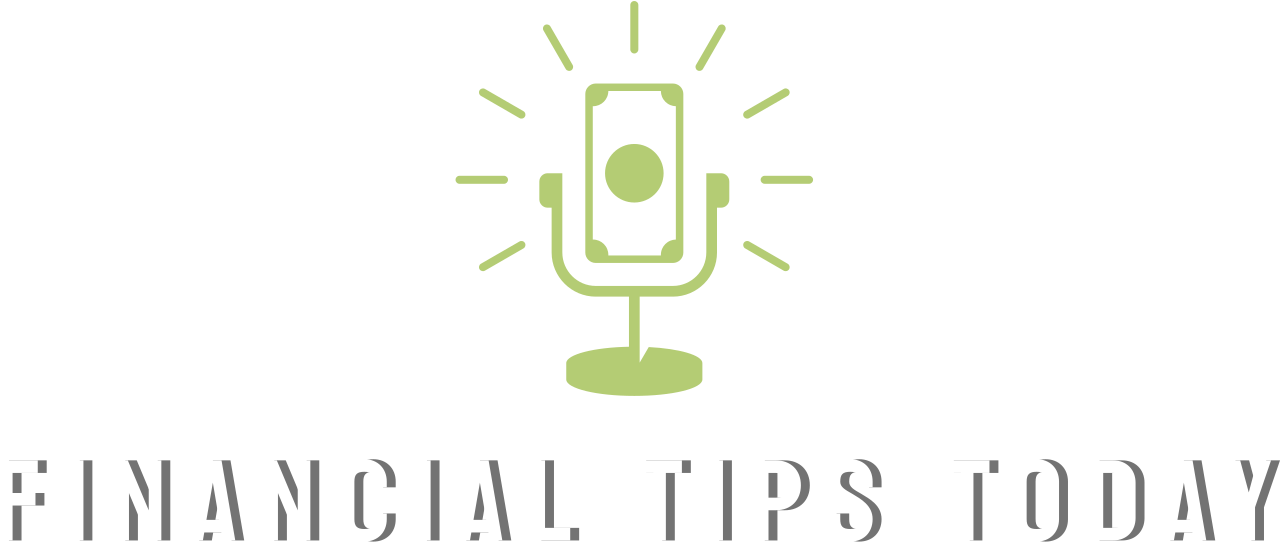In today’s fast-paced world, managing finances can be challenging. Between work, family, and personal commitments, it’s easy to let things like saving money or paying bills slip through the cracks. That’s where automating your finances comes in. By setting up automatic systems for savings, investments, and bill payments, you can streamline your financial life, reduce stress, and even grow your wealth without constantly thinking about it. Here’s why automating your finances is so powerful and how you can implement it in your daily life.
Why Automating Your Finances is Beneficial
- Saves Time and Reduces Stress
Manually managing your finances—tracking payments, transferring money, and remembering due dates—can be time-consuming and stressful. By automating these tasks, you free up mental bandwidth and eliminate the worry of missing payments or not saving enough. Instead of constantly monitoring your finances, automation allows you to set up everything once and let it run in the background.
With automatic systems in place, you can focus on other aspects of life while still maintaining control over your money.
- Builds Consistent Savings Habits
One of the biggest challenges for many people is saving consistently. Life’s unexpected expenses or the temptation to spend can make it hard to stick to a savings plan. Automating your savings removes the decision-making process and ensures that you’re putting money aside regularly without having to think about it.
By setting up automatic transfers from your checking account to a savings account, you can grow your savings effortlessly. Whether it’s for an emergency fund, a future vacation, or retirement, automation helps you stay on track.
- Helps You Reach Financial Goals Faster
Automating your savings and investments allows you to make consistent progress toward your financial goals. When you automate deposits into specific accounts, such as retirement funds, investment accounts, or a down payment savings account, you steadily work toward those objectives without missing a step.
Over time, these automated contributions can add up significantly, helping you achieve milestones like buying a home, paying off debt, or building a solid retirement fund faster than you might have thought possible.
- Eliminates Human Error and Late Payments
It’s easy to forget to pay a bill or make a savings deposit when you’re juggling multiple responsibilities. Automating bill payments ensures that your essential expenses—like rent, utilities, and credit card bills—are always paid on time. This not only saves you from late fees and penalties but also helps maintain a healthy credit score.
By setting up automatic payments, you remove the risk of human error, making your financial management more efficient and reliable.
- Prevents Overspending
When you automate your savings, the money is taken out of your checking account before you even have a chance to spend it. This method, sometimes referred to as “paying yourself first,” ensures that your savings goals are met before you start spending on non-essential items. It also helps curb impulse purchases since your available funds are reduced after savings and bills are taken care of.
Over time, this approach builds discipline and allows you to live within your means while steadily increasing your savings.
- Leverages the Power of Compound Interest
Automating contributions to retirement accounts and investment accounts lets you take full advantage of compound interest. Compound interest allows your money to grow faster because you’re earning interest on both your initial contributions and the interest that has already accumulated.
By automating regular deposits into retirement accounts like a 401(k) or IRA, as well as other investment accounts, you’re consistently investing in the market, giving your money more time to grow. The earlier you start automating your investments, the more you’ll benefit from compounding over the long term.
How to Automate Your Finances
Now that you understand the benefits of automating your finances, here’s a step-by-step guide to help you get started.
- Automate Your Savings
The easiest way to start automating your finances is by setting up automatic transfers to your savings account. You can do this through your bank or credit union, scheduling transfers to occur weekly, bi-weekly, or monthly.
- Emergency Fund: Set up a dedicated savings account for emergencies and automate transfers to this account. Aim to build an emergency fund with 3-6 months’ worth of living expenses.
- Specific Goals: If you have other savings goals, such as a vacation or home down payment, open separate savings accounts for each goal and automate contributions to those accounts.
How to Set It Up:
- Log in to your bank’s online portal or app.
- Set up recurring transfers from your checking account to your savings account.
- Choose an amount you’re comfortable saving regularly, even if it’s a small amount to start with.
- Automate Bill Payments
One of the most stressful parts of managing finances is keeping track of bill due dates. Automating bill payments ensures that you never miss a payment, avoiding late fees and protecting your credit score.
Most service providers, like utility companies, credit card issuers, and mortgage lenders, offer options for automatic bill payments. You can link your checking account or credit card and schedule payments to be made automatically on or before the due date.
How to Set It Up:
- Log in to the websites of your service providers or use your bank’s bill pay service.
- Set up automatic payments for recurring bills like rent, utilities, credit cards, and loan payments.
- Choose whether you want to pay the minimum balance, a fixed amount, or the full balance each month.
- Automate Retirement Contributions
To ensure you’re consistently saving for retirement, set up automatic contributions to your 401(k) or IRA. If your employer offers a 401(k) plan, contributions are typically deducted from your paycheck before taxes. If you don’t have access to a 401(k), you can open an Individual Retirement Account (IRA) and set up automatic contributions from your checking account.
How to Set It Up:
- If you have a 401(k), log in to your employer’s benefits portal and adjust your contribution rate.
- If you’re using an IRA, set up recurring transfers to your retirement account through your brokerage or financial institution.
- Choose an amount that fits within your budget, keeping in mind contribution limits for the year.
- Automate Investments
If you’re investing outside of retirement accounts, you can still automate your contributions to other investment accounts, such as brokerage accounts. Many online brokers, like Vanguard, Fidelity, or Robinhood, allow you to set up automatic deposits and allocate your money to specific stocks, ETFs, or mutual funds.
By automating your investments, you ensure you’re regularly putting money into the market, which helps you stick to a long-term investment strategy without worrying about timing the market.
How to Set It Up:
- Log in to your brokerage account and set up recurring deposits from your checking account.
- Allocate your money to different investment vehicles based on your risk tolerance and financial goals.
- Automate Debt Payments
If you’re focused on paying off debt, automating payments can help you make steady progress and avoid interest or late fees. Whether it’s credit card debt, student loans, or a mortgage, automating extra payments (in addition to the minimum) can help you pay off the balance faster.
How to Set It Up:
- Log in to your loan provider or credit card account.
- Set up automatic payments to cover at least the minimum amount, and if possible, add extra to accelerate debt repayment.
- For high-interest debt, focus on making additional payments to reduce your balance faster.
- Use Budgeting Tools to Automate Tracking
In addition to automating your savings, bills, and investments, you can automate your budgeting with the help of apps like Mint, YNAB (You Need a Budget), or Personal Capital. These tools link to your bank accounts, track your spending, and give you insights into your finances automatically. They categorize your transactions, alert you when you’re nearing your spending limits, and help you stay on top of your financial goals.
How to Set It Up:
- Download a budgeting app that connects to your bank accounts.
- Set up spending categories and financial goals.
- Review your finances regularly, but let the app do most of the heavy lifting.
Final Thoughts
Automating your finances is one of the most effective ways to simplify your financial life, stay consistent with savings and investments, and reduce the risk of missing payments. Whether you’re building an emergency fund, saving for retirement, or paying off debt, automation allows you to make progress without constantly thinking about every financial decision.
By putting your financial management on autopilot, you can focus on other priorities while your money works for you behind the scenes. Over time, this consistency leads to greater financial stability, more savings, and peace of mind, helping you achieve your financial goals with less effort and stress.




 GOOGL
GOOGL  META
META
Leave a Comment